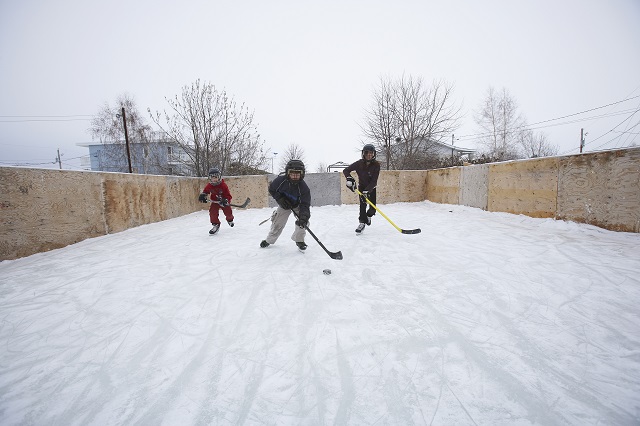
Whether you have a blossoming ice hockey star in the family or you just love the idea of heading out to skate anytime you want, a backyard hockey rink is a great way to get more time on the ice. Fortunately, building your own space to practice and play your favorite sport isn’t as difficult as it sounds. In this guide, we’ll talk about costs, materials, and legalities of putting a hockey rink right outside your back door.
Rink Project Factors
The price tag for the convenience of an ice rink in your backyard ranges from about $550 to $20,000 or more. Your exact cost will depend on:
- the size and slope of your space,
- amount of prep work needed,
- the type of ice you choose: real or synthetic,
- if you build from scratch or buy a kit,
- whether you do the work yourself or hire a local handyman
Labor (for Professional Builds)
Are you planning on assembling your ice hockey rink yourself, or are you going to pay someone to do the measuring, building, and filling for you? Luckily, all rink kits come with detailed instructions, and many can be set up with minimal tools in a few hours. If you go this route, expect to pay a reputable handyman between $60 and $125 an hour.
Unless you live in an area of the country where ice hockey is particularly popular, it may be difficult to find anyone with experience building backyard rinks from scratch. However, you can find detailed instructions online, so the same handyman should be able to do the job in one to two workdays, depending on the weather and the type of ice you’re using. If you’re looking to save money on labor, you can fill the rink yourself.
Kits
Obviously, a larger rink will cost you more to buy or build. A rink as small as 17 feet by 35 feet is great for young children, especially if they’re still learning to skate. However, not all manufacturers offer this size, so you’ll actually pay more for it if you want to buy a kit instead of the materials to build one from scratch. Expect to pay about $1,000 for a kit that comes with everything but the ice, including easy-to-assemble plastic boards, brackets, and a liner.
For more proficient skaters, older children, or adults, your rink should be at least 20 feet by 40 feet. You can purchase a kit this size, minus the ice and the $200 to $300 worth of plywood to serve as the rink walls, for about $350.
If you have the space, you can purchase a kit for a rink that’s 52 feet by 104 feet for about $6,000.
DIY Builds
You can save a significant amount of money by purchasing the materials you need to construct your hockey rink from scratch. Regardless of the size, you’ll need plywood to use as walls and 2×4-inch stakes to hold them in place. Depending on how tall you want your boards to be, you should be able to purchase the materials for $500 or less from your local home improvement store.
Liner
When it comes to a liner, however, you may want to splurge. Liners designed for an ice rink need to be the right size, thickness, and color. A proper ice rink lining should be:
- at least 2.5 feet wider and longer than your rink,
- between 6 mm and 14 mm thick, and
- either white on both sides or clear.
These liners can run from $100 to $1,200, depending on the size, but the expense is justifiable.
Tarps or liners without these features may develop holes, harm your grass, or attract UV rays that can melt the ice.
Accessories
You can also purchase optional accessories for your rink separately. Bumper caps and kick plates, which protect the exposed liner from skates and sticks, sell for $15 per 8-foot section and $10 per 4-foot section, respectively. Liner weights, which you fill with water to keep your liner smooth and in place during filling, are about $5 per 8-foot weight.
Ice
Real ice is theleast expensive way to go, but even just frozen water isn’t entirely free. You could use anywhere from 1,000 to 20,000 gallons of water to fill your rink with 3 to 4 inches of ice, once you account for the slope of the ground. While this would only cost you about a penny per gallon from your tap, it could take more than a day to fill the rink from your hose. Since the rink needs to be filled all at once to avoid freezing issues, consider using a water truck. If you go this route, expect to pay about $375 per 9,000-gallon tanker load of water.
Depending on the climate where you live and how long you intend to use your rink each season, real ice could also come with some hidden costs. For example, if you use real ice, and temperatures rise above freezing, it melts. Rather than be left with an above-ground swimming pool, you may want to add a refrigeration system.
Refrigerated Rink
A refrigerated rink will remain frozen up to temperatures of 50 degrees for longer and more reliable use. However, a refrigerated rink costs at least $25,000 to build, and runs you at least $250 in utilities each month. Your property will also need more prep work because refrigerated rinks require a flat surface, access to electrical, and installation of the chiller unit and piping. General maintenance will also be more since you will be resurfacing the rink more often.
Synthetic Ice
If you’re looking for a low-maintenance alternative to real ice that can be used year round, synthetic ice is your best bet. Synthetic ice can be used year-round and lasts up to 15 years, but it adds significant expense. The material is available in tile or panel format for between $8 and $16 per square foot. Like a refrigerated rink, you’ll need a flat surface to utilize the interconnecting panels. This can increase site prep costs because you’ll be required to pay for the extra materials and labor to build a foundation for the rink. Your other option would be to hire a grading contractor to level out the land where you intend to place the rink, a project that typically ranges between $1,400 and $5,000 to complete.
When to Install
- You should always build your structure before the ground freezes to ensure you can insert your stakes or brackets into the ground.
- Synthetic ice can be installed
- Frozen water will require you to wait to fill until temperatures are below 20 degrees at night and 32 degrees during the day.
- The liner should not be installed until it’s time to fill, so you’ll also have to take care of that part of the job.
Legal Concerns
In most cases, what you do in your backyard is no one’s concern but your own. However, there are a few instances when that might not be the case. For example, if you are a member of a homeowners association (HOA), you will be subject to their rules regarding the appearance of your home and yard.
HOAs
To avoid a conflict, read through your HOA by-laws before starting your project. If your particular contract forbids a recreational rink in your backyard, you can appeal to the HOA board. As long as the use of the facility won’t disturb your neighbors, you may be able to offer a compromise on the visual appeal by installing a fence or planting trees to block the view from the road and neighboring properties.
Permits & Inspections
If you intend to use the rink year-round and won’t be packing it away in warmer months, the rink may be considered a permanent structure, like a pool or a patio. This is especially true if you will be grading your property or building a structure to support a refrigerated or synthetic ice rink. In this case, your city or town may require a building permit and inspection for the facility.
Contact your local code inspector before you start planning your project to determine what, if any, permits you need to apply and pay for. Otherwise, you may be required to remove your structure after you’ve spent the time and money to install it.
Summary
The good news for hockey lovers everywhere is that a backyard hockey rink is within a mitt’s reach for most. With a variety of options for every size, budget, and handyman ability, you can exchange the commute, the membership fees, and the inconvenience of off-site ice for the luxury of a rink in your backyard.
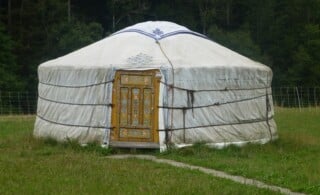 Portable, Versatile Yurts
Portable, Versatile Yurts 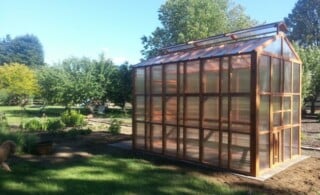 Greenhouse Essentials You Need To Know
Greenhouse Essentials You Need To Know 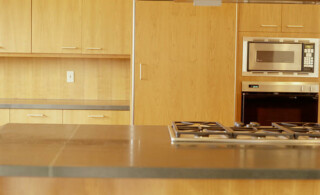 Benefits of Pressure-Treated Wood
Benefits of Pressure-Treated Wood 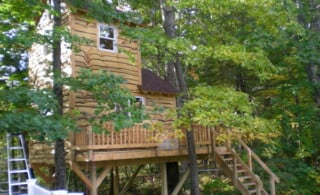 Build a Tree House for Your Kids
Build a Tree House for Your Kids 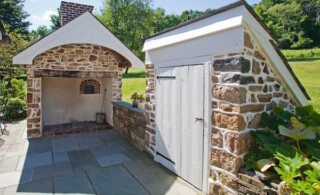 Expand your Land with Outbuilding Plans
Expand your Land with Outbuilding Plans 

Are You Familiar With This Topic? Share Your Experience.